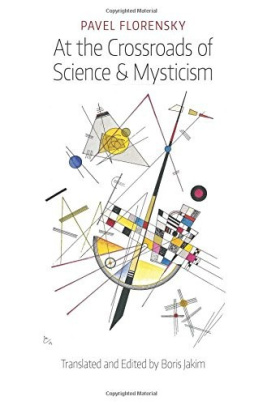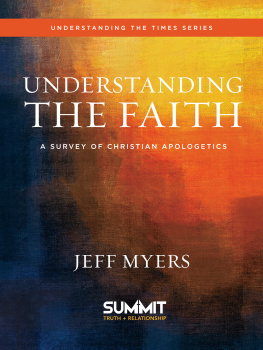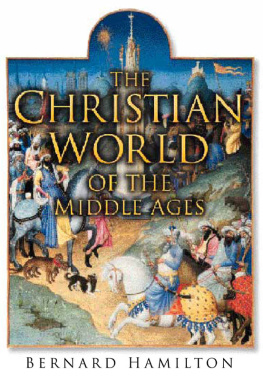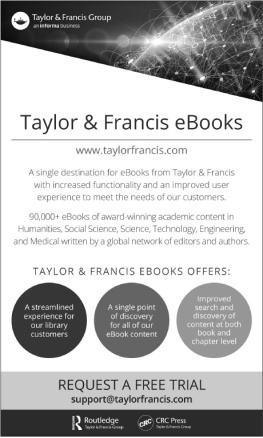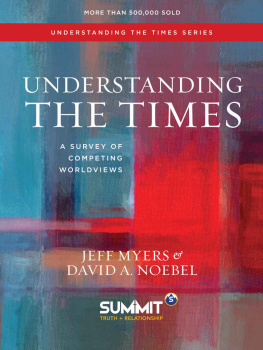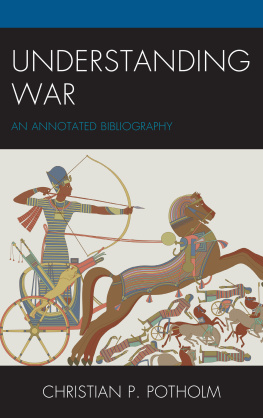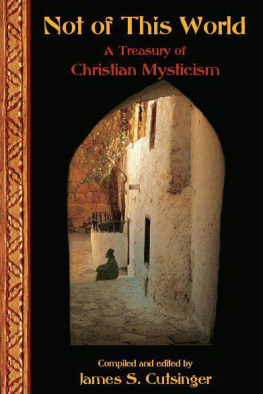pavel florensky
AT the
CROSSROADS
of
ScIENCE & MYSTICISM
On the Cultural-Historical Place
and Premises of the Christian
World-Understanding
Translated and Edited
by
boris jakim
SEMANTRON PRESS
First published in the USA
by Semantron Press
an imprint of Angelico Press 2014
Boris Jakim 2014
All rights reserved
No part of this book may be reproduced or transmitted, in any form or by any means, without permission.
For information, address:
Angelico Press, Ltd.
4709 Briar Knoll Dr. Kettering, OH 45429
www.angelicopress.com
Paperback: 978-1-62138-085-6
Cover image: Delicate Tension,
by Wassily Kandinsky, 1923
Watercolor and ink on paper,
Museo Thyssen-Bornemisza, Madrid
Cover design: Michael Schrauzer
contents
Translators Introduction 1
Lecture One 5
Lecture Two: The Contemporary and the EcclesialWorld-Understanding. Eschatological Signs 8
Lecture Three: On the Signs of the Epoch 15
Lecture Four: Methods of Constructing the KantianWorld-View. The Splitting of Being into Space andTime. The Theory of Pure Lines. The Theory ofMutations. The Antinomic Character of LivingThought 27
Lecture Five: The Identity of Extreme Spiritualism andMaterialism 38
Lecture Six: The Connectedness of Being. The Effect ofPsychic Experiences on Physiology and the Effect ofExternal States of the Body on the Soul 43
Lecture Seven: Characteristics of the Present Age. TheTheory of Functions. Neurasthenia. Hysteria. A Theoryof Spiritual Constitution. Occult Sciences 54
Lecture Eight: Occultism. Stigmatization. Psychic Bodies.
Exteriorization of Sensitivity 62
Lecture Nine: Inspiration. Telepathy. Mans Transcendingof the World 69
Lecture Ten 79
xii
insights into christian esoterism
Lecture Eleven 87
Lecture Twelve 91
Lecture Thirteen 100
Lecture Fourteen 107
Lecture Fifteen: Archimandrite Fyodor Bukharev 109
Lecture Sixteen 110
Lecture Seventeen 120
Lecture Eighteen: The Relation between Philosophyand Science 128
Lecture Nineteen 137
Lecture Twenty 146
General Conclusion After the Course, Which Was Not Completed 148
Appendix One: Transcript of a Conversation that FatherVasily Nadezhdin, A.N. Sokolov, and the UnknownAuthor of the Transcript had with Father Pavel Florenskyin November 1921 149
Appendix Two: From Father Vasily Nadezhdins Notebook,Entry on 4/17 November 1921 151
Index 152
Translators Introduction
Pavel Florensky wrote two major complementary works of religious thought: (1) The Pillar and Ground of the Truth (1914),1 which he called a theodicy; and (2) At the Watershedsof Thought: The Elements of a Concrete Metaphysics (composed between 1917 and the first years of the 1920s),2 a collection of writings which can be called his anthropodicy, an attempt to vindicate the works of man before God. The lectures translated in the present volume represent the most substantial theological contribution in Watersheds.
Florensky variously defines his task in writing these lectures:
My task is threefold: first, to prove the thesis that our epoch is characterized by a discontinuity in scientific and philosophical thought and in culture in general (the characteristic feature of this epoch being a turning back); second, to prepare the ground for the premises of the Christian world-understanding; third, to emphasize my own attitude toward the freedom of thought and the freedom of culture.3 We wish to show the existence of a shift in the spiritual existence of the world, a shift in the direction of a Christian world-understanding that will establish concepts extremely favorable for the Church. People who had departed very far from the Church are beginning to approach ppp
1. Translated by B. Jakim, Princeton University Press, 1997.
2. At the Watersheds includes major treatises on reverse perspective, on Platonic idealism, and on the metaphysics of names.
3. From Lecture Seven.
[1]
at the crossroads of science & mysticism her again.4 I have tried to clarify, first of all, the notion of the Christian world-understanding; secondly, the relation of Renaissance culture to Christian culture; and, thirdly, the logical premises of all this.5 He affirms that there are two types of world-understanding or culture: the Renaissance world-understanding, which is anti-Christian (and even anti-religious) in nature and whose treasure lies in man; and the Medieval world-understanding, which is Christian in nature and whose treasure lies in God. He sees Renaissance culture coming to an end and being replaced by a new Middle Ages.
Florensky tries to show that science is not necessarily the handmaid of rationalistic positivism and atheism, but is compatible with Christian theology and mysticism. He sees the new epoch, the new Middle Ages, dawning in the first decades of the 20th centuryit will be an epoch of the fusion of science and mystical faith which will replace the old mechanistic epoch of Renaissance rationalism.6 An epoch of discontinuity, of abrupt leaps into reality rooted in the life of the spirit, will replace the old mechanistic world-view. This change will touch on every aspect of life and every discipline of knowledge. A revived Christianity will emerge that will find its experiential validation both in mysticism and in scientific inquiry. A new earth will arise.
The title implies that Florensky is seeking to elucidate the nature of the Christian world-understanding. For Florensky world-understanding (in Russian: miroponimanie) connotes a theory or doctrine explaining the nature of the world and flow-4. From Lecture Eleven.
5. From Lecture Seventeen.
6. For Florensky this refers to the era of European thought ranging from Descartes through Kant to the neo-Kantianism of the early 20th century.
[2]
Translators Introduction
ering into a full-blown culturee.g., the Renaissance and Medieval world-understandings were embodied in the Renaissance and Medieval cultures. It is the intellectual atmosphere that dominates an epoch. Florensky tells us that every world-understanding has a center, or treasure, of the spirit that is more ontological than are we ourselves. Our heart remains with it and begins to receive from it juices of life or death. It determines the main lines of the behavior of our reason, the main angles of our vision; that is, from a certain point of view the spiritual objects toward which we orient ourselves are the primary categories according to which our thought is organized, just as a drop has the same composition as the source from which it comes.7 Florensky also sometimes uses the partly syn-onymous mirovozrenie (world-view) and mirochuvstvie (world-feeling or one s sense of the world). Three different faculties are invoked: understanding, seeing, and feeling.
One thing that becomes clear from these lectures, perhaps constituting an element of the new medieval world-understanding, is that Florensky was learned (perhaps very learned) in the occult sciencesthe various theosophies and parapsychologies permeating Europe, America, and Russia at the time. There is reason to think that he had personal experience of such occult phenomena as astral bodies and auric formations, but there is no evidence that he ever successfully integrated this experience into his Orthodox Christian world-understanding.
The text translated here is the one published in the definitive edition of Florenskys works,
Next page
